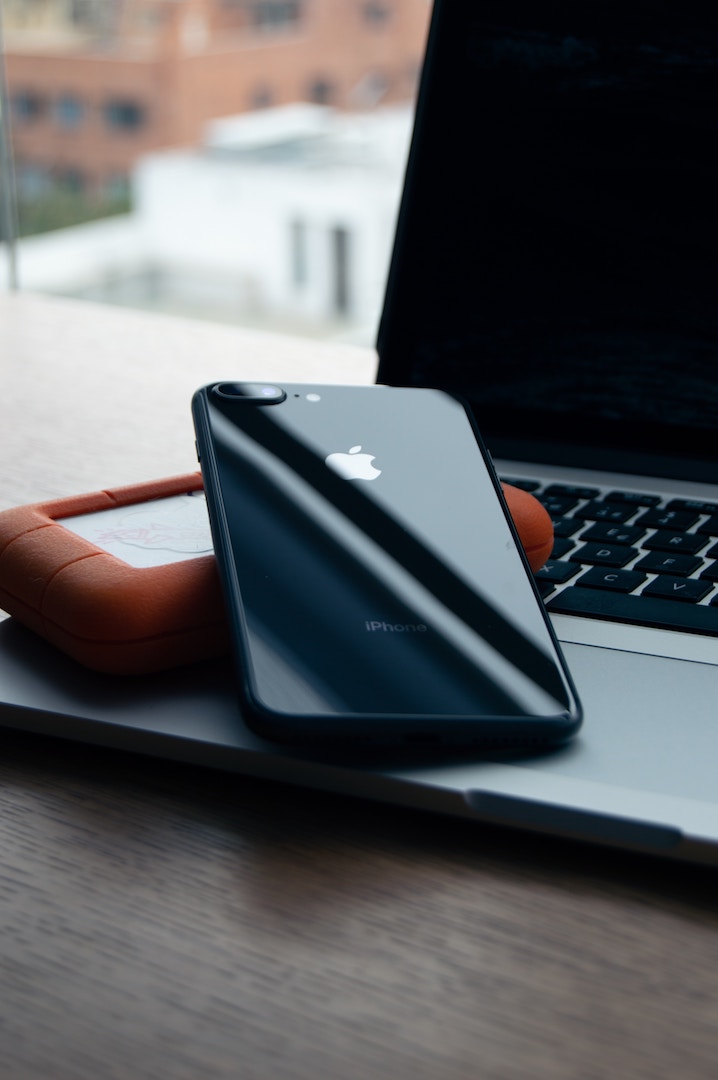How do you make sure you don't lose your photos, messages, and other data? Back up your iPhone and iPad now!
Your iPhone or iPad store all your photos, messages, health data, documents, accessory setups, settings, and more. In other words, your memories and your preferences. Your data is important, even precious, and should be treated as such. The best way to secure your data is to back it up. You can back up your iPhone or iPad via iCloud, or directly on your computer using iTunes. Before you download any software, you should always back up your device. You should also maintain a regular backup routine, just in case something happens to your iPhone or iPad, like getting lost or stolen.
- What is a backup?
- How to enable iCloud backup on your iPhone or iPad
- How to manually trigger an iCloud backup
- How to enable iTunes backups
- How to back up your iPhone or iPad manually via iTunes
What is a backup?
A backup of your iPhone or iPad includes your device settings, app data, Home screen and app organization, iMessages and texts, ringtones, your visual voicemail passcode, health data, and HomeKit configurations. Photos and videos are only backed up if you don't already have iCloud Photo Library enabled on your iPhone, iPad, and Mac.
You can use iCloud to back up your device, or you can connect to iTunes on your computer. It's up to you. The main difference is where your backups are stored. iCloud backups are stored in iCloud and iTunes backups are stored locally on your Mac or PC.
If you back up your iPhone or iPad using iCloud, you'll be able to access and them anywhere using Wi-Fi. If you back up your device using iTunes, you have to use the computer you store the backups on to access them.
How to enable iCloud backup on your iPhone or iPad
Using iCloud as a backup location for your iPhone or iPad is a great idea. If anything happens to your phone or tablet, you will have a backup you can access from anywhere with an internet connection.
But before you can start backing up to iCloud, you have to make sure that iCloud backups are enabled on your device.
While turning on iCloud backup works much the same way as it previously has, iOS 10.3 introduces some new wrinkles into the process.
- Open Settings on your iPhone or iPad.
- Tap your Apple ID at the top of the screen.
- Tap iCloud.

- Tap iCloud Backup.
- Flip the switch next to iCloud Backup on.
- Tap OK.

iCloud will attempt to start a backup your data every 24 hours or so, as long as your iPhone or iPad is connected to Wi-Fi and plugged in to charge. Most of the time this will happen while you sleep.
If you've never backed up to iCloud before, the first backup can take a while. After that, iCloud will only upload the changes you've made since the last backup, which is much faster.
How to manually trigger an iCloud backup
iCloud backups should automatically happen at least once a day: They trigger when your iPhone, iPad, or iPod touch is plugged in and on Wi-Fi. That said, here's how to make sure you have an up-to-the-minute backup solution.
- Open Settings on your iPhone or iPad.
- Tap your Apple ID at the top of the screen.
- Tap iCloud.

- Tap iCloud Backup.
- Tap Back Up Now.
 Keep in mind: If you want to back up your iPhone or iPad to iCloud, you must first have an iCloud account and be signed in to it.
Keep in mind: If you want to back up your iPhone or iPad to iCloud, you must first have an iCloud account and be signed in to it.
How to enable iTunes backups
If you don't want to store your device backups in iCloud, you can store them locally on your computer instead.
- Connect your device to your computer.
- Open iTunes.
- Click on the Device icon next to the category dropdown menu on the left side of the iTunes window.
- Select Summary from the sidebar.
- Select This computer under Automatically Back up.
- Tick the box for Encrypt [device] backup to ensure that your passwords, health, and HomeKit data is backed up. You'll have to create a password to protect your encrypted backups. The password will be automatically stored in Keychain.
- Click Done when you are finished.

How to back up your iPhone or iPad manually via iTunes
If you have enabled iTunes backups, your device will back up automatically when you connect it to your computer. You can also manually back up your iPhone or iPad if you want to make a new backup while it is still connected.
- Connect your device to your computer.
- Open iTunes.
- Click on the Device icon next to the category dropdown menu on the left side of the iTunes window.
- Select Summary from the sidebar.
- Select Back Up Now under Manually Back Up and Restore.
- Click Done when you are finished.

Any questions?
Do you have any questions about how to enable iCloud or iTunes backups? Let us know in the comments or send us a message via Facebook Messenger and we'll help you out.
Update September 2018: Updated for iOS 12.







[…] sure you have a recent iTunes backup. Make it encrypted so all your password and other private data is […]
[…] technology improves, older devices have a difficult time keeping up with major software changes. That's why Apple puts a limit on how […]